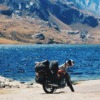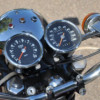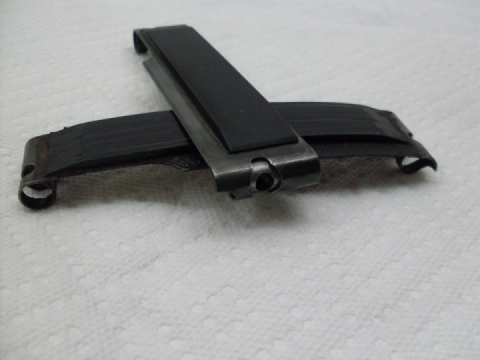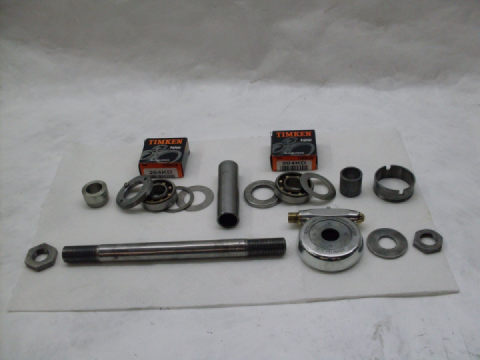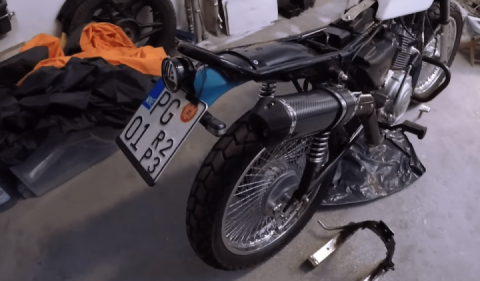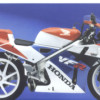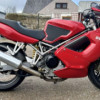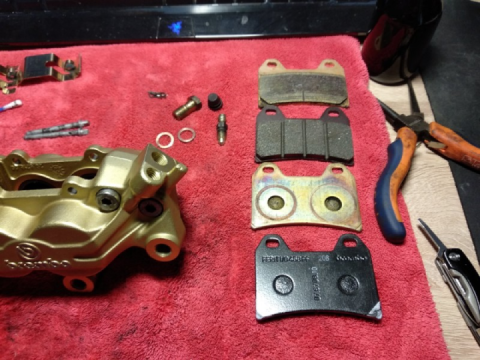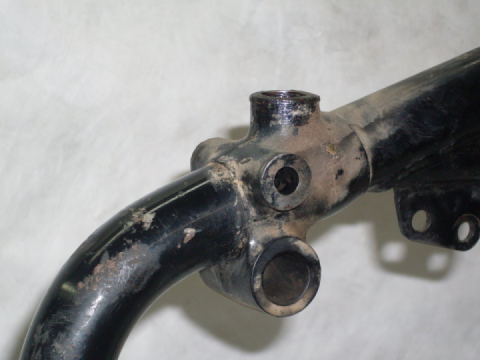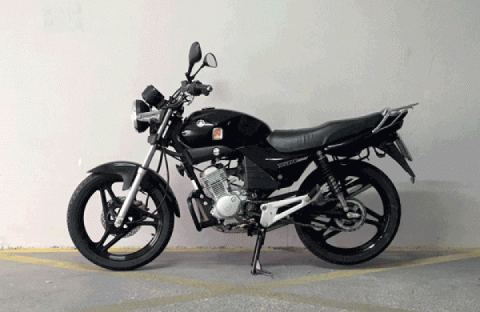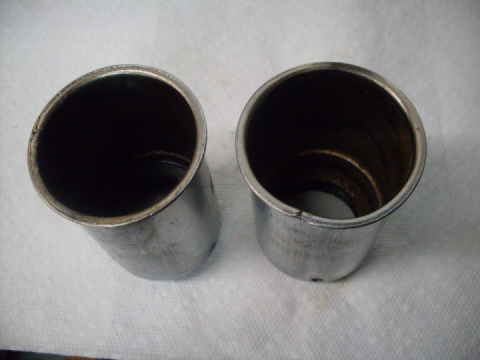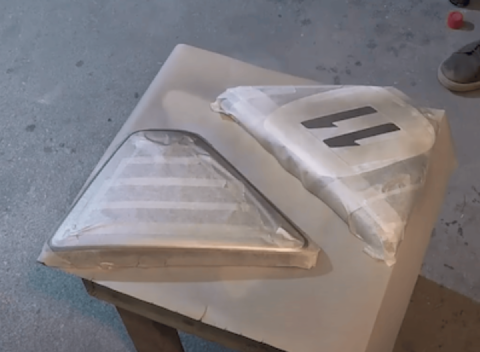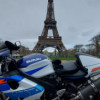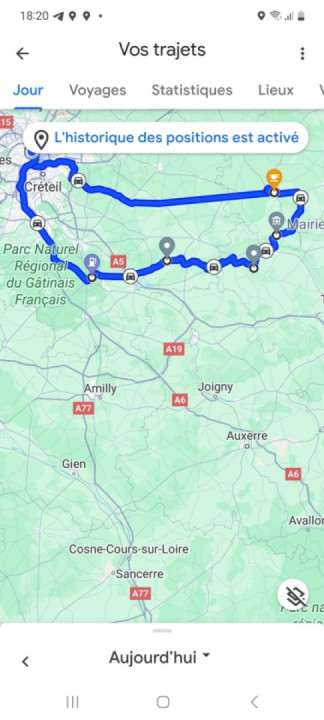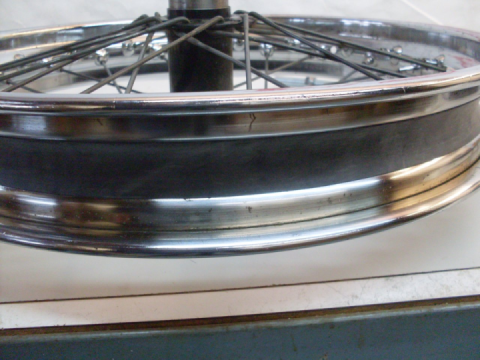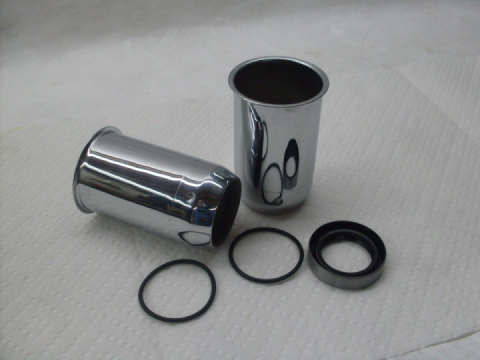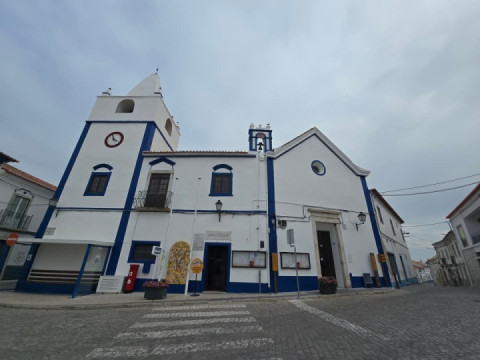Tires Part 1
This bike was supplied new with Dunlop K70 series tires. I'd replaced them many years ago with K81 tires, and though they didn't have many miles on them, and they had plenty of tread left, they were at least 30 years old and were noticably harder than new tires. It seemed that traction could be a problem, especially in wet conditions.
I found to my happy surprize that Dunlop still supplies the K70 tires, apparently mostly for vintage bikes. Another happy surprize was that they didn't cost as much as I feared. It looks like the K70 tires are a little higher in profile than the K81s. Also, the K81s had markings on the sidewall indicating the correct direction of rotation. The K70s apparently have no preference regarding which way to spin.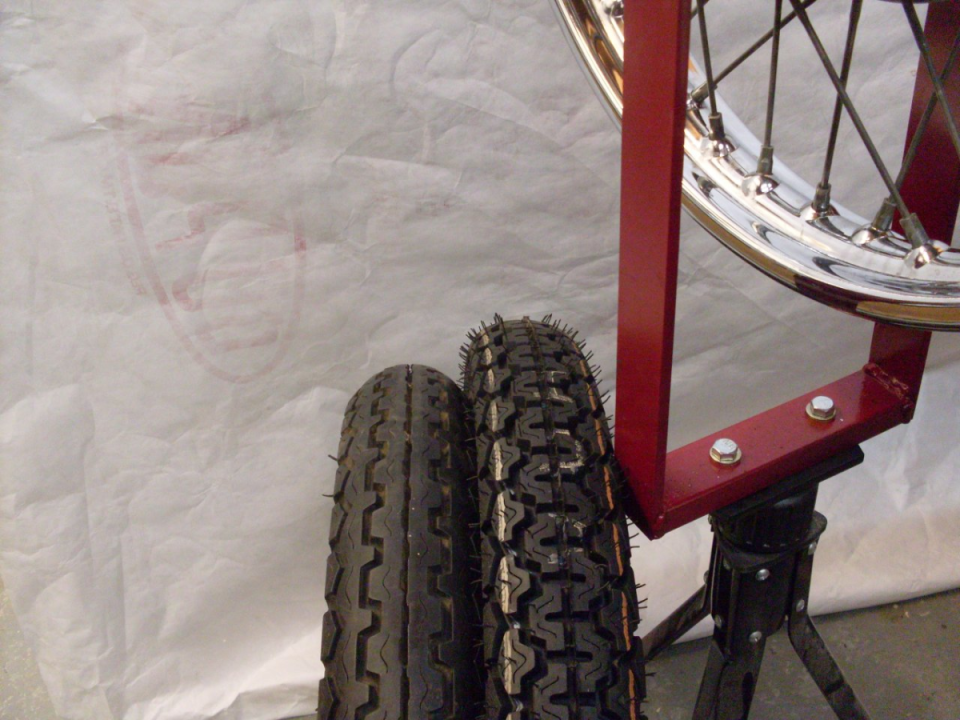
When I had the tires off, I decided to also check the wheels for true running. I made a temporary axle out of some threaded rod and some nuts with one side turned to just fit in the inner race of the wheel bearings. Also made a jig to hold the wheels while truing and balancing.
I was prepared to learn to lace the wheels, but both wheels turned out to be pretty true--within 0.030 both in concentricity and runout. I was a little disappointed, actually.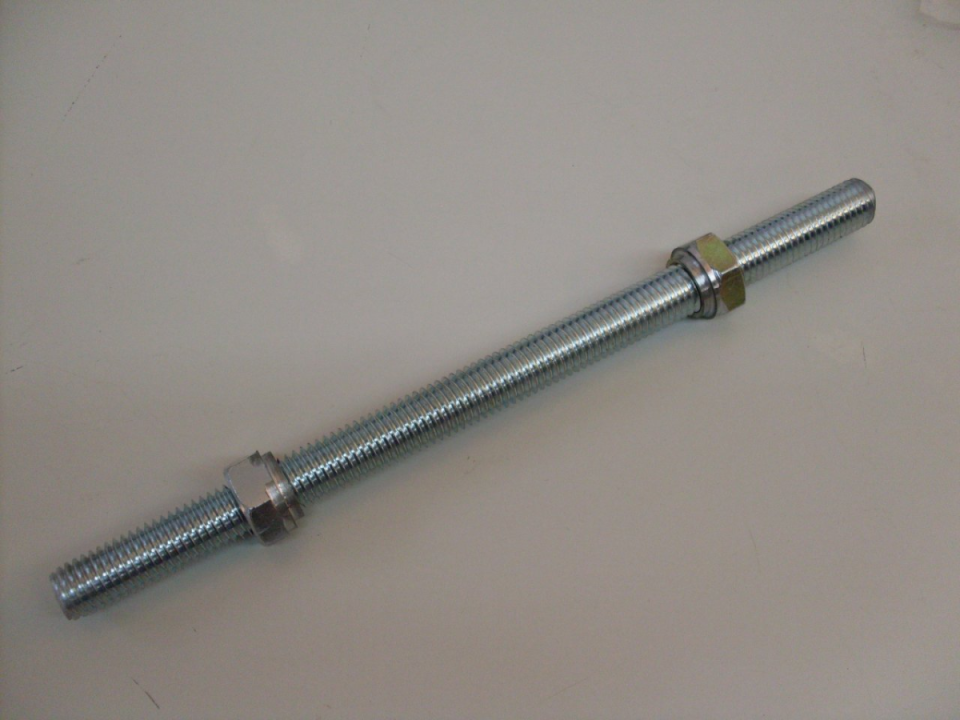
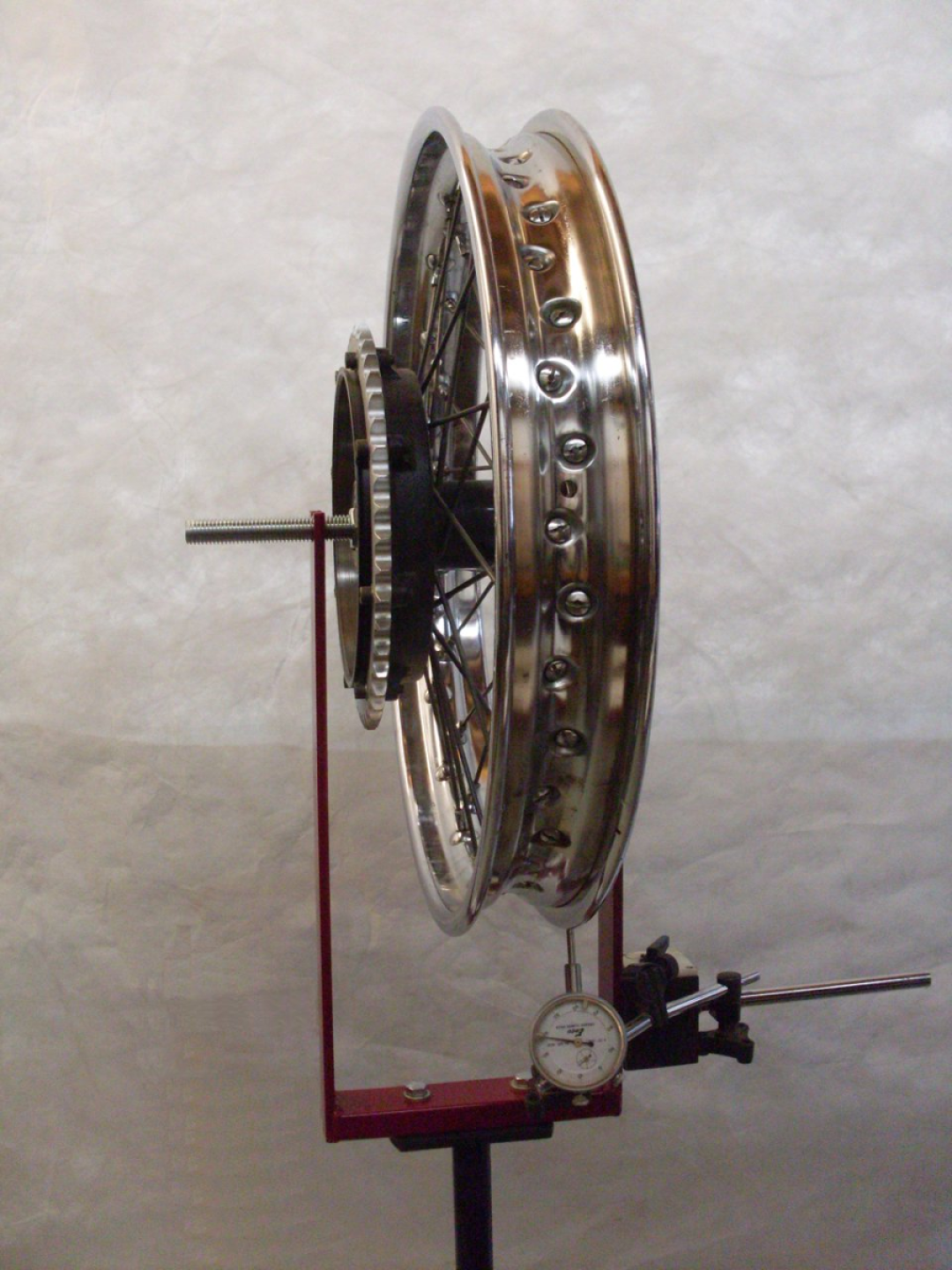
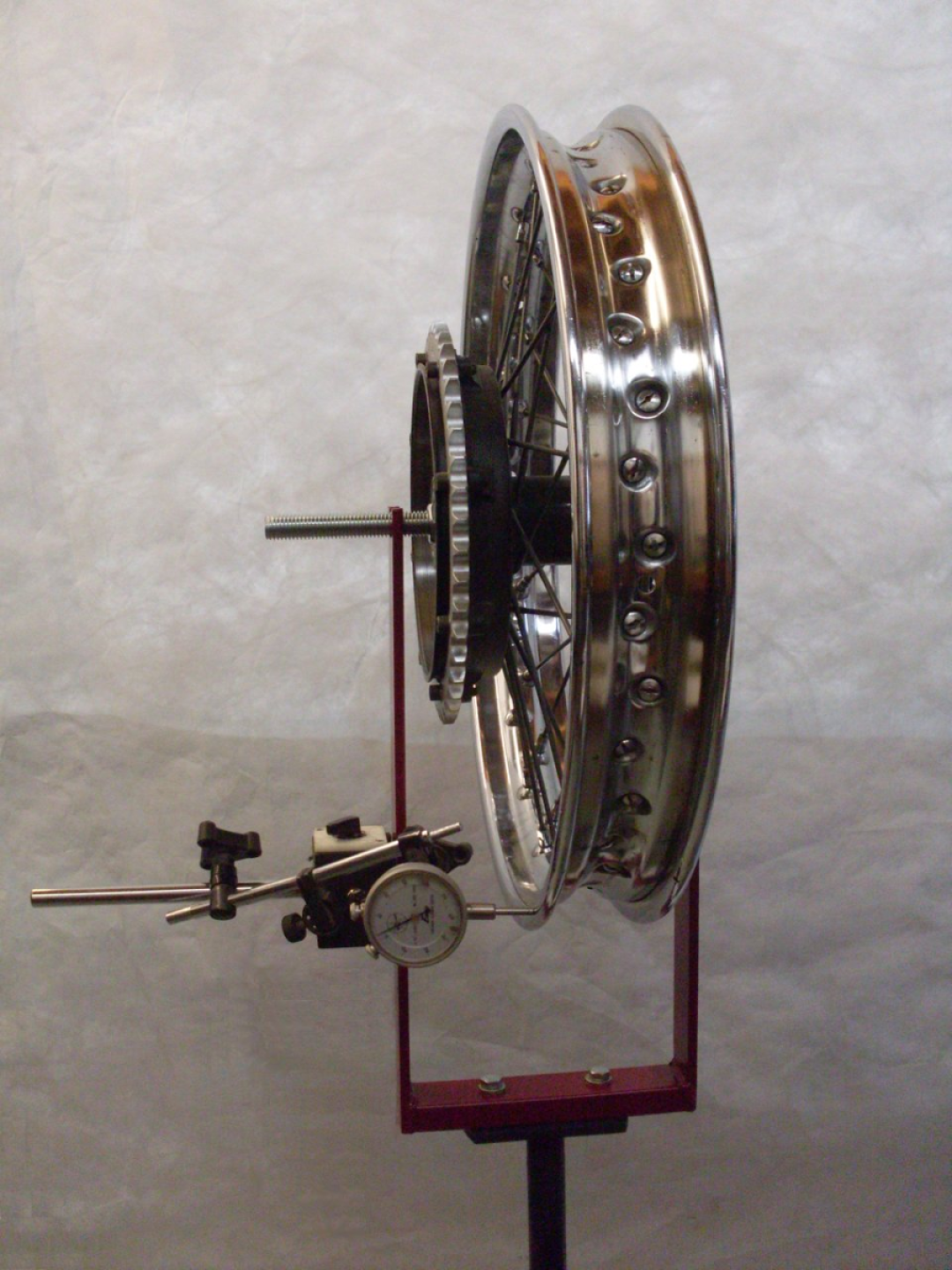
The back rim was pretty clean inside, but the front one had some rust on the tire contact areas. I wire brushed the rust off, and applied two coats of a rust conversion coating.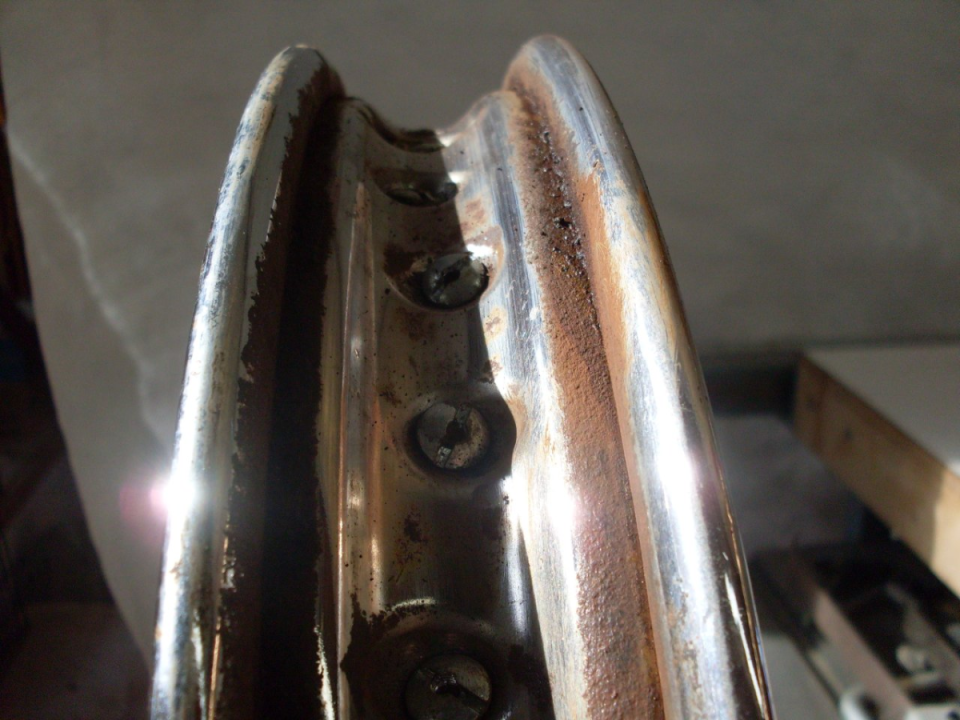
Here is all the stuff that needs to go into the rear wheel. There is the inner tube, a rubber rim strip that covers the spoke nipples so they won't chafe the tube, and two "security bolts", sometimes called rim locks. These bolts clamp the tire to the wheel so that on hard acceleration, the tire can't move in relation to the wheel, possibly causing the tube to shift, which would stress the valve stem. The front wheel does not have the security bolts.
The yellow mark is put on each tire by Dunlop to mark the lightest side. Since the only known imbalance in the wheel is the valve stem, the yellow mark is normally aligned with the stem.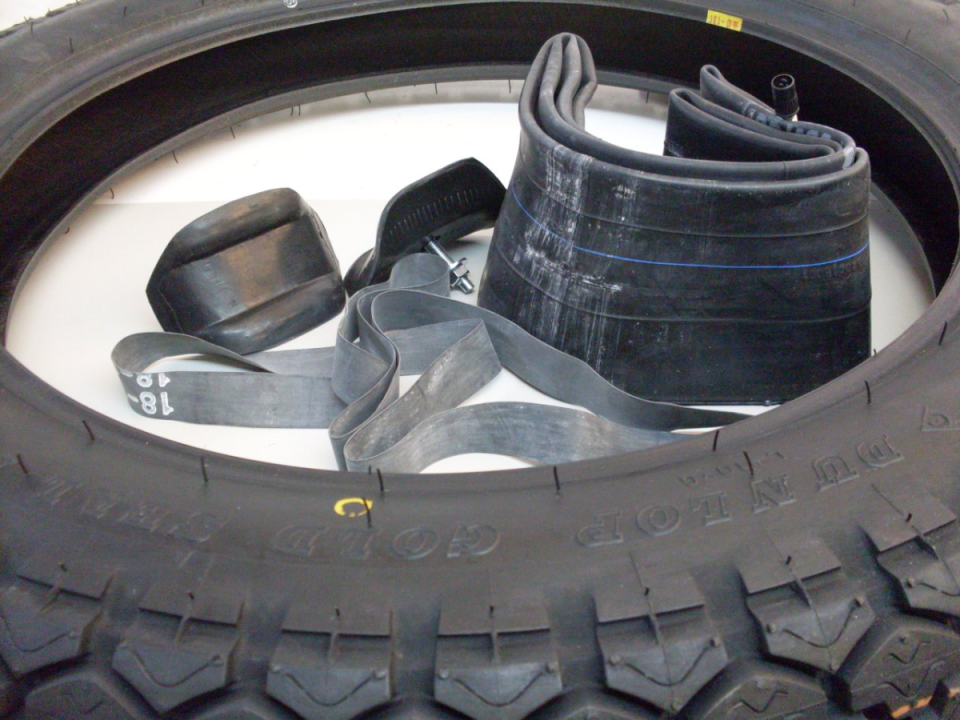
This was not the original rear wheel for this bike. The original was a "QD" (Quick Detach, I think) type in which the sprocket and brake drum was a single piece. I believe this was a difference between the US models and the "UK and General Export" models. When I went to replace the worn sprocket back in the States in the late 70s, I couldn't find a QD part, so swapped my rear wheel for a used US style replacement. I was sad to find when I took the tire off that some past genius mechanic had used security bolts for a much narrower wheel. They not only didn't clamp properly, but got deformed by the tire bead.
After the wheels were cleaned up and checked for true, I started to assemble them. It is common to rub talc on the inner tube so it will inflate smoothly and not get twisted or bind. Some baby powder today is actually corn starch. I don't know if it works as well on tubes, but actual talc can still be found. There apparently exists actual "tire talc".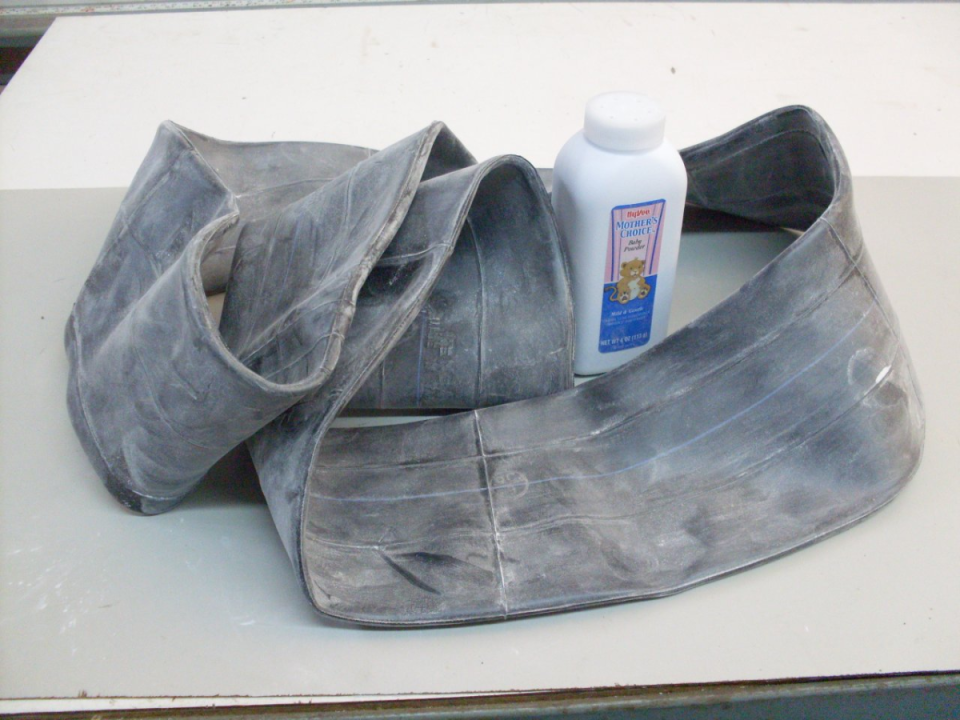
 Follow
1.3K
Follow
1.3K


